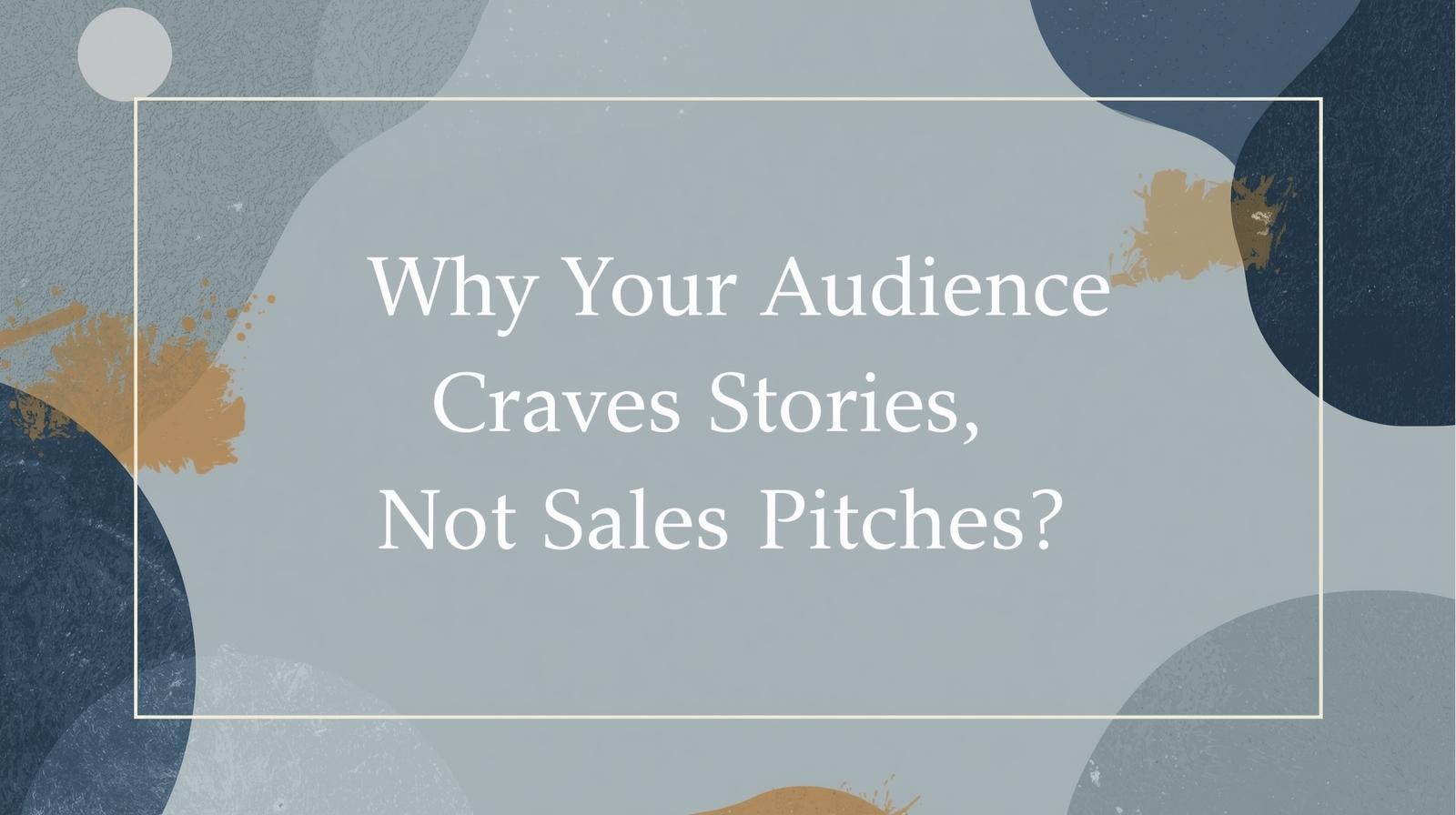By performance copywriting, we mean conversion copywriting. Consider it like your digital salesperson. Conversion copywriting is a strategic message you craft for your audience. They are appealing with the capability to hook viewers and transform them into committed customers. Your conversion copywriting focuses on converting general viewers and casual browsers.
It is not just a collection of fancy words; it’s carefully crafted and strategically aligned writing for your ads. Through this, you can appeal to more customers and drive more conversions.
A skilled copywriter understands human psychology. The copywriting material focuses on addressing the pain points of customers. It guides the users through a journey that drives them to take specific actions, like making a purchase. In this article, we will understand what copywriting truly entails.
What Do You Understand By Performance Copywriting?
The focus of performance copywriting is on creating persuasive content for readers that drives specific actions like signup or purchase. Marketers at performance marketing companies understand the core preferences and requirements of users based on which they create appealing copies for the target audience.
The major principles you need to focus on in performance copywriting include clarity, conciseness, credibility, and compelling language. The performance marketing companies focus on creating data-driven copies on which your visitors and prospects will say “yes”.
Conversion Copywriting (or Performance copywriting) is a creative process based on data that helps performance marketing agencies understand what to write and how to write it. Each copy delivers a specific message with a common goal behind – conversion.
Let’s Understand What Goes into Creating a Performance Copy
You can think of conversion copywriting as helping a friend reach a decision. Performance copywriting requires you to be persuasive in your writing. You are not tricking the customers into believing something which is not true. You are clearly showing them why it’s true, why it matters and how it solves their problem.
For example, if you want to convince your friend to go to a newly opened shopping mall, which is awesome, how would you do that?
You will list all the facts about the shopping mall. You will make up a story that makes it awesome, and you will persuade your friend by telling them how it can provide everything she has been looking for.
Convincing your friend through a compelling and persuasive story will become easier to drive action. It will make your friend want to go to a shopping mall. That is conversion copywriting in a nutshell. It is a kind of writing that not only informs the users of what your product is. It drives them to take action, whether it’s signing up for a newsletter, buying a product, or saving items to the cart, which just shows that they are interested.
If you ask why conversion copywriting is important for your business?
We will say that businesses are not surviving only on good intentions. They need people to buy something. Conversion copywriting just bridges the gap between customers and businesses as it communicates value with intent and precision.
Conversion Copywriting tells your customers about the uniqueness and value of your product. It not only makes your customers aware of what you sell, but it also delivers data-driven messages that drive action.
Proven Performance Copywriting Principles
Following the AIDA Model
The first principle of copywriting is to follow the AIDA, i.e., awareness-interest-desire-action model. This model focuses on the different steps a follower takes to become a customer. The first stage is awareness. The second stage is interest. The third stage is Desire, and the fourth stage is action.
- In the first stage, businesses introduce their product or service to potential customers.
- The second stage highlights why the potential customer should care about your product.
- The third stage converts the desires of customers into wants. It includes giving social proof, offers, discounts, etc.
- The final stage is action, which is the conversion stage.
Writing for specific stages is important to let the customers complete their journey from awareness to action. For example, you can generate awareness by introducing your product to the customers through a creative ad campaign on social media and other channels. Your messaging will focus on only introducing the product to create awareness.
To pique the interest of the customers, you can jump to listing its benefits. You can introduce offers, discounts or proven testimonials to create desire among the audience. By including necessary CTAs, you can drive action from users.
Problem-Agitate-Solution
The second formula is problem-agitate-solution, which helps your readers identify a problem, raise awareness about the issue and then offer potential solutions.
- How your business or product is solving their problem is the highlight of your copy. In this formula of conversion copywriting, your audience may not be aware of the problem. It’s your job to help them understand the issue with data-driven insights that make them question whether they need this product.
- In the second stage, you agitate the problem. It means poking at the issue for improving relatability and helping your audience comprehend the entire picture. You hit the pain points of customers, forming a relatability that helps them understand the gravity of the issue. Your audience should understand this challenge through your compelling copy.
- Your copy should raise questions in their mind and pique their interest in solving this problem. You can present the solution in the last stage with your product. Now that your audience is compelled to solve the issue, they will be interested in the product.
To Sum Up
Your brand needs compelling copywriting to drive customers to purchase your product. For effective and persuasive copywriting, you need to genuinely understand your audience before you begin writing. Listen to the pain points of real customers. Understand their needs and learn what they love and hate about similar products in your market niche.
Building an emotional connection with your customers is important, which is only possible when you understand their problems and emotions. If your performance copywriting makes people feel understood, they will be more driven to take action. To leverage our services of compiling copywriting, you can contact our team at VerveOnlineMarketing, a leading performance marketing company in India.






